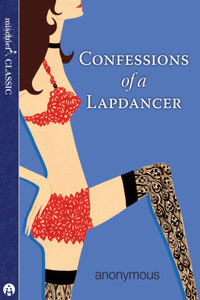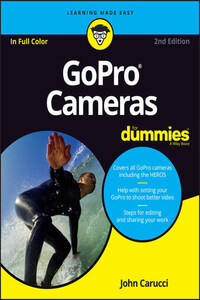Photography means different things to different people. For some it is a way of capturing memories - of having a lasting reminder of special moments. For others it is a way of expressing themselves artistically. For a fortunate few, it is a rewarding way of earning a living. But for many it is simply one of the most fascinating hobbies there is to be enjoyed – a delicious blend of art and science that can be practised on its own or combined with other pastimes.
One of the secrets of success is choosing the right camera. Most of us now have one built into our mobile phone – and increasingly as digital resolution improves the quality of images produced is perfectly acceptable at relatively small degrees of enlargement. However, camera phones are extremely limited. While it is convenient to have them immediately to hand, so you can take pictures as and when the opportunity arises, they lack the versatility of dedicated cameras.
For this reason, those who are serious about taking good pictures tend to spend as much as they can afford on equipment, rather than making do with what they have already. At the very least, you need a compact camera with a decent zoom lens, and ideally a Single Lens Reflex camera with a collection of interchangeable lenses and other accessories. While you can tackle most popular subjects successfully with a compact camera, the tool of choice for serious photographers is an SLR, onto which you can fit everything from wide-angle lenses to open up perspective, and get more into the frame, to telephoto lenses that enable you to pull in distant subjects and compress perspective.
Start them young! Photography appeals to people of all ages, and because modern cameras are so easy to use, it is possible to get great results from the word go.
Want to take pictures outdoors at night? No Problem. Most cameras these days feature settings that allow you to capture the scene, no matter what the prevailing conditions are like.
Developing Your Technique
Equipment, though, will only take you so far. Ultimately it is developing your technique that will determine how good your pictures are. And that comes to down to a number of key photographic skills: control over exposure; accurate focusing; effective composition; and powerful use of lighting.
Once you have mastered the different exposure ‘modes’ you will be able to put the right amount of light on the sensor or film in your camera in the most creative way – varying the shutter speed and aperture according to what you are seeking to express. You will also learn to recognize the kinds of situations in which exposure meters are most likely to be misled and get things wrong – and then what you can do about it.
Focusing, too, can sometimes be tricky. It is fair to say that modern, advanced focusing systems work well most of the time; however, if you are not careful, they will sometimes focus on the wrong part of the subject. Consequently, you need to know when to override automatic operation in your camera and take control yourself.
Effective composition is at the heart of successful photography. Faced with a particular subject, there are dozens of different ways in which the elements could be arranged in the frame. Of course, much of this is down to personal taste and choice — after all, it’s your picture! However, if you follow a few simple rules – such as using frames, dynamic diagonals and lead-in lines – your picture-taking will improve immeasurably. Colour, too, is crucial, and the way you blend tones can make or break an image.
Creative use of lenses and composition makes it possible to turn a mundane scene into a picture with lots of impact. Here, the railway tracks disappearing into the distance combined with the fluffy white clouds on a blue sky create a memorable image.
As you become a more experienced photographer, you will also need to learn how to make the most of the many moods and nuances of daylight. Once you understand how light changes from dawn to dusk, from season to season, and according to the prevailing weather conditions, you will be able to match the right light to the right subject. Quality of light is more important than quantity of light in photography, and some of the best pictures are taken when ambient levels are low or at night. This requires excellent technique to avoid problems with camera-shake and exposure.
Being able to review pictures immediately after they have been taken makes digital photography an extremely sociable activity.
Single Lens Reflex (SLR) cameras are the first choice for professionals and enthusiasts because of the sheer versatility that they offer and the quality of results they deliver. They are now as good as the best film cameras.
Biting sharpness and phenomenal precision are the characteristics of the high-resolution digital cameras now available. Here, every detail of the face of this street performer is clearly visible.














